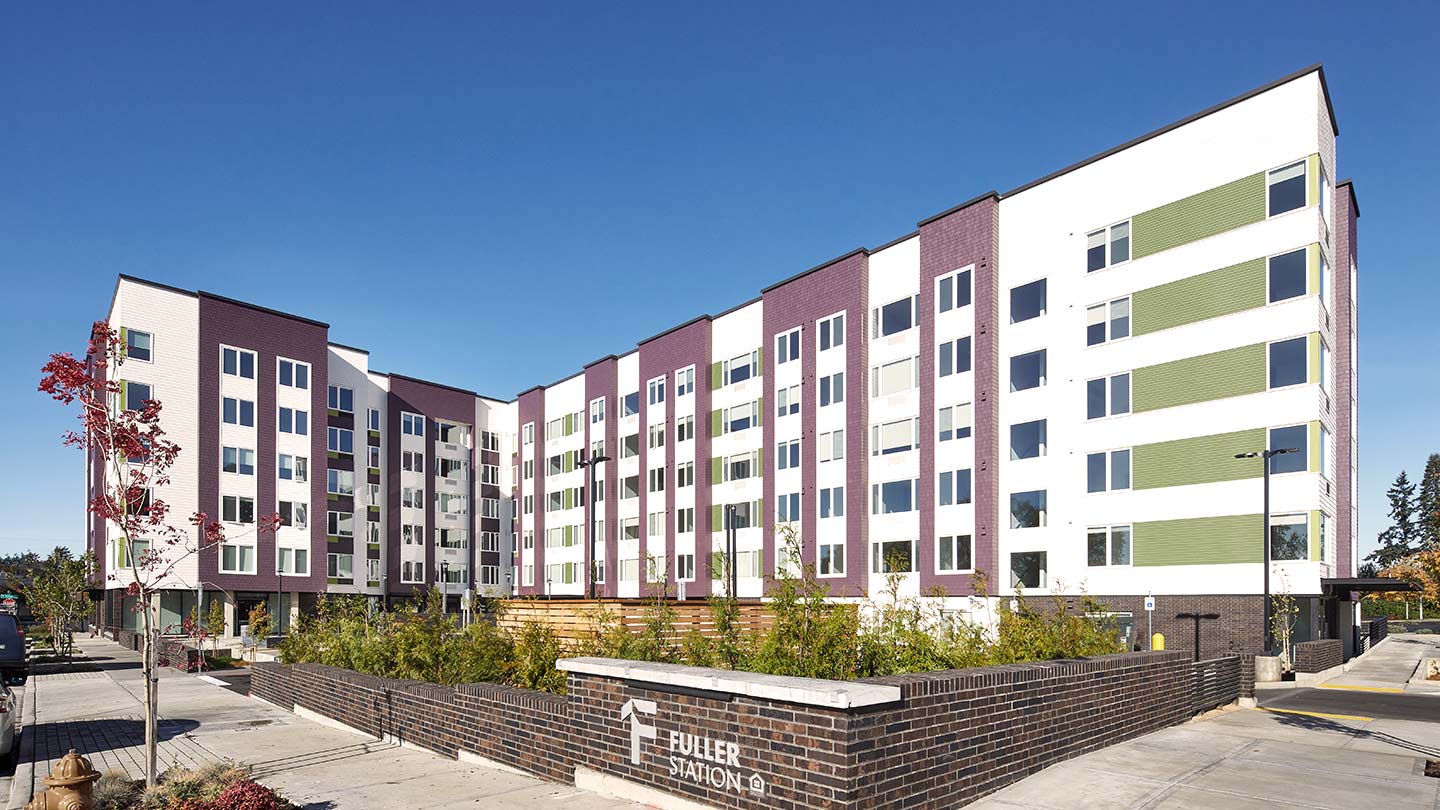
4 min read
The best commercial real estate investors develop a customized portfolio of properties using common investment strategies. Kaj Lea, Head of the Pacific Northwest and Central Region for Commercial Term Lending at Chase, breaks down the fundamentals of common commercial real estate investment strategies, each with unique risk and return profiles, including:
- Core investments
- Core-plus investments
- Value-add investments
- Opportunistic investments
- Real estate investment trusts (REITs) and private equity funds
Sample commercial real estate portfolio
To best illustrate each commercial real estate investment strategy, Lea offered a hypothetical portfolio. It includes $100 million in total investment capital with a 10-year investment horizon.
The portfolio aims to generate a mix of stable income from core and core-plus investments and capital appreciation from value-add and opportunistic investments.
“The investor has a moderate risk tolerance, seeking a mix of stable income and capital appreciation,” Lea said. “These investments offer a balance between stability and growth potential, with opportunities for minor improvements to enhance value.”
| Sample portfolio allocations | |
|---|---|
| Core investments | 40% |
| Core-plus investments | 25% |
| Value-add investments | 20% |
| Opportunistic investments | 10% |
| REITs and private equity funds | 5% |
Core investments
These high-quality, well-located properties in major markets usually come with stable, long-term renters—the properties are often 100% leased. Core investments require minimal management and capital improvements and provide steady, predictable cash flows with limited risk exposure. Plus, they’re easier to sell than other property investments. Because of the low risks, the investor will likely receive lower returns and face higher competition with core investment properties.
Core investment examples
- A fully leased industrial building with long-term credit renters, such as Amazon or another major retailer
- A new multifamily property with good amenities located close to the area’s employment center and transit
Rationale: “Core properties can provide stable, predictable cash flows and capital preservation, aligning with the investor’s need for steady income,” Lea said.
Core-plus investments
Compared to core investments, core-plus properties are more management-intensive and slightly more susceptible to market changes. “Core-plus investments may involve minor building improvements or slightly elevated risk because of shorter lease terms and minor deferred maintenance, among other factors,” Lea said. These investments offer stability and potential for slightly higher returns and property value increases.
Core-plus investment examples
- A well-maintained apartment complex in a growing suburban area with minor deferred maintenance
- A high-quality mixed-use property in a secondary market that requires some lease-up efforts
Rationale: These investments offer a balance between stability and growth potential. Opportunities for minor improvements can enhance value.
Value-add investments
These investments usually require sizable expenses, such as renovations or operational enhancements, and often have high vacancy rates. Plus, value-add properties are more susceptible to market fluctuations. Value-add properties require significant upfront costs for repairs and updates, but the initial investment can help increase property values and returns.
Value-add investment examples
- A multifamily property that hasn’t been effectively managed or requires substantial renovations—such as remodeling bathrooms or replacing kitchen cabinets, counters and appliances—to drive rent growth
- An industrial warehouse that needs operational enhancements or has lower clear heights but is near a final shipping destination
Rationale: If the investor is prepared to make capital improvements and actively manage value-add properties, they can see substantial value appreciation.
Opportunistic investments
Opportunistic investments are typically development projects and distressed assets in high-growth areas. With significant market growth or updates to the property, these investments can provide high returns. However, opportunistic investments not only require extensive expertise and active management, but are also particularly susceptible to market volatility, development risks and financial uncertainties.
Opportunistic investment examples
- A ground-up development of a mixed-use property in an emerging tech hub
- Acquisition and turnaround of a distressed hotel property in a recovering market
- Office or shopping center redevelopment into multifamily residential housing
Rationale: “These high-risk, high-reward investments aim for significant capital appreciation, suitable for the portion of the portfolio dedicated to aggressive growth,” Lea said.
Other commercial real estate strategies to consider
REITs, or real estate investment trusts, are companies that own, operate or finance income-producing real estate. REITs are ideal for investors seeking liquidity, diversification and regular income without the hassles of property management.
Private equity real estate funds pool capital from multiple investors to invest in real estate projects and frequently focus on value-add or opportunistic investments. These funds are best for accredited investors seeking high returns and willing to commit capital for extended periods.
REIT and private equity fund examples
- Shares in a publicly traded REIT specializing in industrial properties
- Participation in a private equity fund focused on value-add multifamily properties
Rationale: “These investments provide liquidity, diversification and professional management, complementing the direct property investments in the portfolio,” Lea said.
The bottom line: Commercial real estate investors can combine core, core-plus, value-add and opportunistic properties with REIT and private equity funds to meet their long-term goals.
Further optimize your commercial real estate portfolio with strategic liquidity management.
JPMorgan Chase Bank, N.A. Member FDIC. Visit jpmorgan.com/cb-disclaimer for disclosures and disclaimers related to this content.







